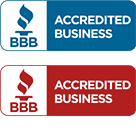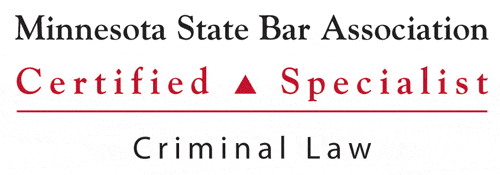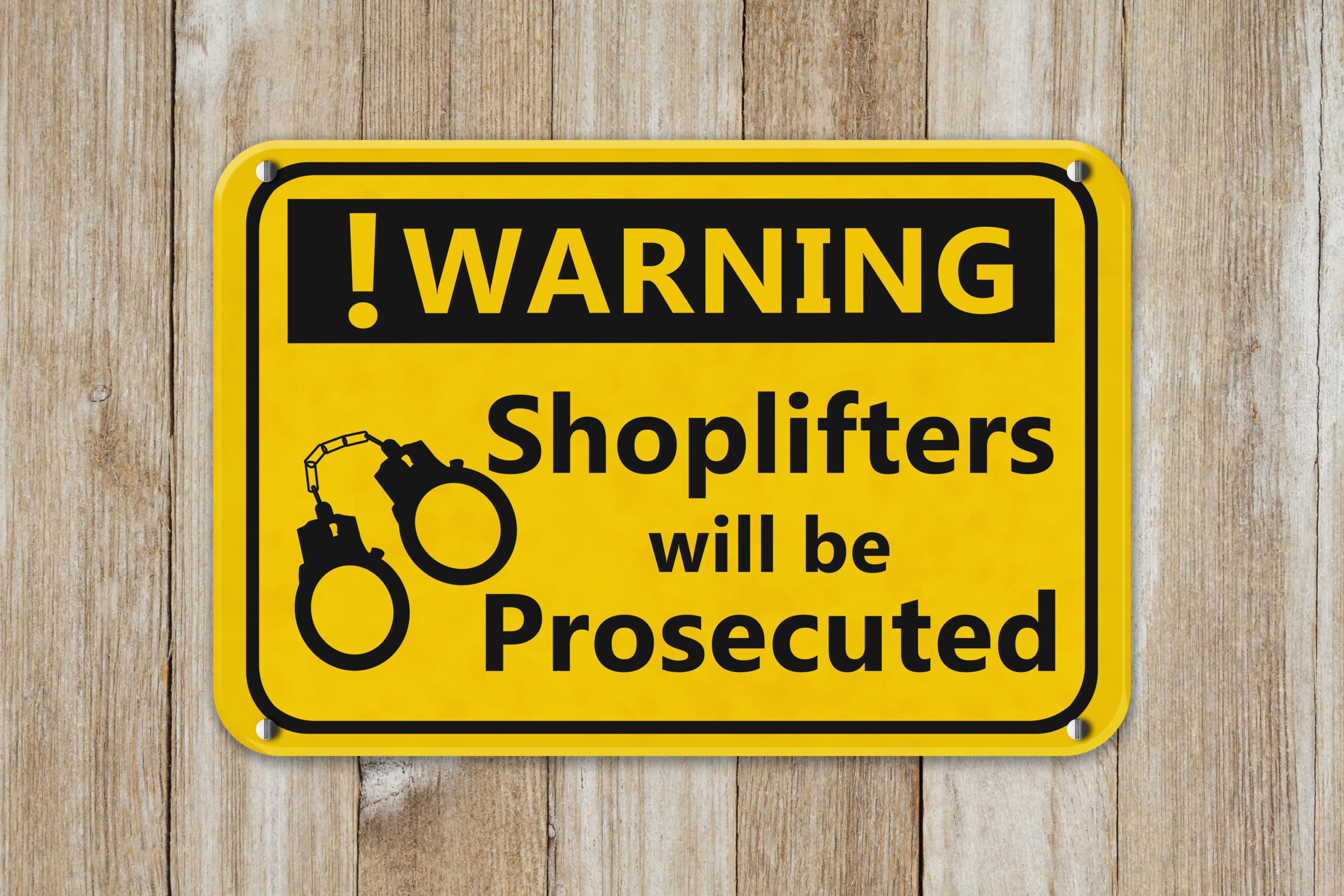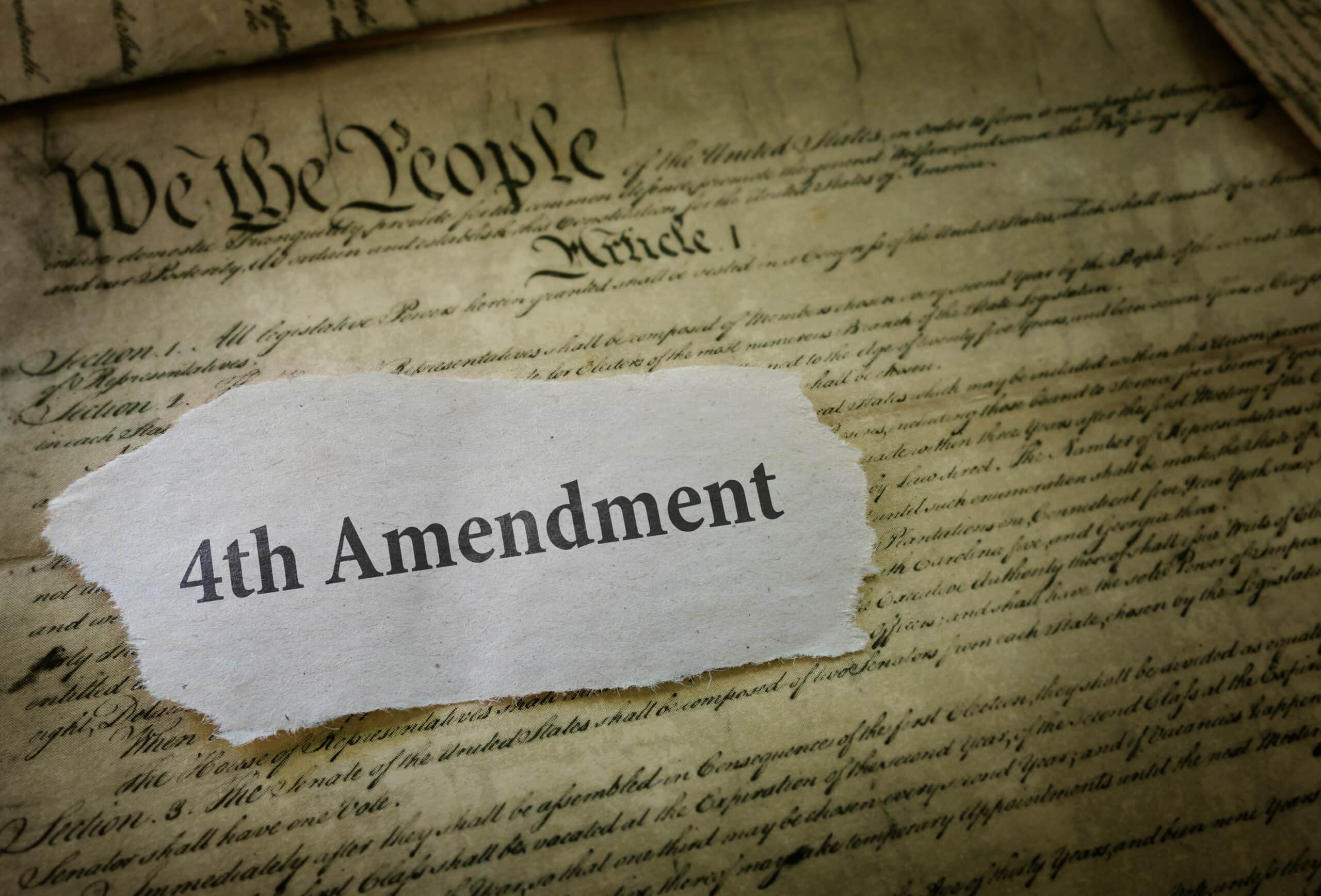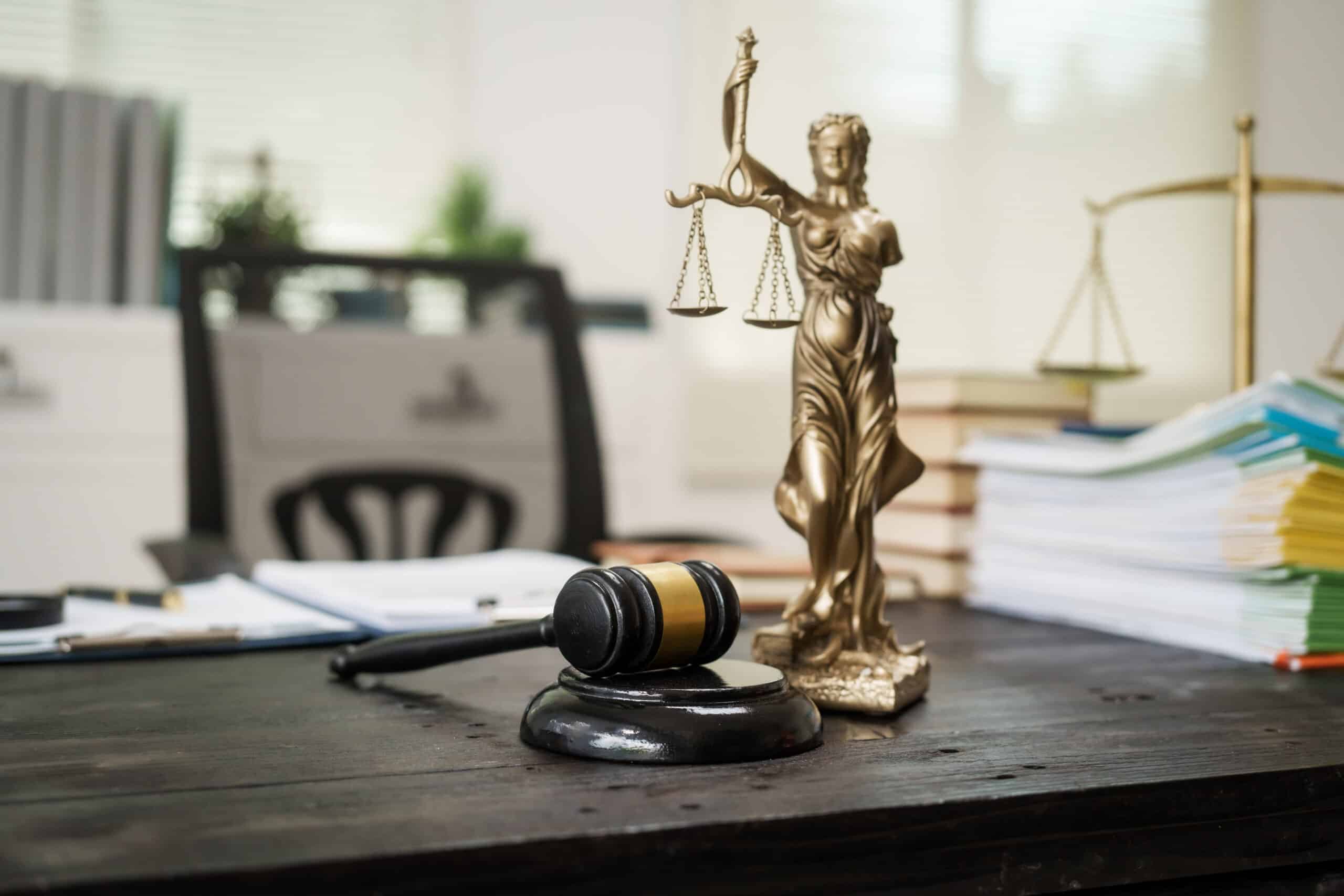Shoplifting might seem like a minor offense—until you’re the one accused. In Minnesota, more than 72,000 larceny cases were reported in 2023, and many involved everyday people who never imagined they’d be facing criminal charges.
Maybe it was a misunderstanding. Maybe it was a moment of bad judgment. Or maybe you’re being blamed for something you didn’t do. Whatever the reason, being accused of retail theft is serious. Even a minor offense can leave you with a criminal record, expensive fines, or worse. And the legal system doesn’t always make it easy to understand what happens next.
This guide will walk you through it all. It’s direct, easy to follow, and based on how Minnesota actually handles these cases.
Besides, reach out to our Minneapolis, Minnesota criminal defense lawyers at Keyser Law P.A. to get clear answers, real support, and someone in your corner from day one. Your defense starts the moment you take action.
What Is Considered Shoplifting or Retail Theft in Minneapolis, Minnesota?
Shoplifting may sound like a minor offense, but under Minnesota law, it falls under the broader category of theft. In simple terms, shoplifting is taking merchandise from a store without paying for it. But Minnesota law doesn’t stop there. Retail theft also includes actions like:
- Switching price tags to pay less
- Hiding items in your clothing or bag
- Returning items you never bought
- Walking past registers without paying
- Using booster bags or other devices to avoid security
In Minneapolis, Minnesota, you don’t have to leave the store with an item to be charged with shoplifting. Under the state’s “concealment equals intent to steal” rule, simply hiding merchandise—such as slipping it into a bag, under clothing, or in a stroller—can be enough for law enforcement to presume you intended to commit theft. This means that even without walking past the checkout, you could still face criminal charges based solely on the act of concealment.
How Shoplifting Charges Are Classified
Shoplifting charges aren’t one-size-fits-all. The level of the charge and the punishment depends mainly on the value of the items allegedly stolen and other circumstances. Here’s how it breaks down in Minnesota:
Misdemeanor Theft
For property valued at $500 or less, the offense is classified as a misdemeanor, punishable by:
- Up to 90 days in jail
- Fines reaching $1,000
Gross Misdemeanor Theft
When the stolen property’s value is between $500 and $1,000, it’s considered a gross misdemeanor, carrying penalties of:
- Up to 1 year in jail
- Fines up to $3,000
Felony Theft
Theft involving property valued over $1,000 escalates to a felony, with varying degrees:
- $1,000 to $5,000: Up to five years in prison and fines up to $10,000
- $5,000 to $35,000: Up to 10 years in prison and fines up to $20,000
- Over $35,000 or involving a firearm: Up to 20 years in prison and fines up to $100,000
There are also specific felony charges for organized retail theft, where multiple people coordinate thefts over time. Minnesota takes this offense seriously, and prosecutors often pursue maximum penalties. Repeat offenses can also elevate petty theft into a felony, even if the item’s value is low.
Other Penalties
Civil Lawsuits
Even if you avoid a criminal conviction or your case gets dismissed, the store involved may still take legal action. Retailers can file a civil lawsuit against you and demand monetary damages for the alleged theft. In Minnesota, stores are allowed to recover the value of the stolen item (even if it was returned) plus additional statutory damages—often hundreds of dollars. These demands usually come in the form of a civil recovery letter and can escalate to court if ignored.
Probation
Instead of or in addition to jail time, the court may place you on probation. This isn’t a free pass. Probation typically comes with strict conditions: regular check-ins with a probation officer, drug or alcohol testing, mandatory theft prevention classes or counseling, and possibly community service. Failing to meet any of these requirements can lead to jail time.
Criminal Record
This is one of the most damaging long-term effects. A theft conviction doesn’t just go away. It can appear on background checks when you’re applying for jobs, housing, professional licenses, or college. Employers and landlords often make quick decisions based on what they see, and a theft charge—even a misdemeanor—can close doors before you ever get a chance to explain.
Mitigating Factors in Retail Theft Cases
Not all shoplifting cases are treated the same. While the law outlines standard penalties, several factors can influence how prosecutors and judges handle a retail theft case.
Age of the Defendant
Younger defendants, especially minors or individuals in their late teens or early twenties, are often given more leniency—particularly if it’s a first offense. Courts may see the incident as a lapse in judgment rather than a pattern of criminal behavior. Juvenile offenders are often steered toward diversion programs or counseling instead of jail time.
Value of Stolen Merchandise
The dollar amount of the stolen item plays a significant role in how a shoplifting case is classified. If the item’s value was low—under $100—prosecutors may be more willing to offer a plea deal or drop the case in exchange for restitution or community service. Higher-value items, on the other hand, increase the severity of the charge and potential punishment.
Prior Criminal History
If this is your first offense, the court may be open to alternative sentencing options such as probation or theft education programs. However, if you have previous convictions for similar offenses, you’re more likely to face harsher consequences. Prior history can also lead to enhanced charges, turning a misdemeanor into a felony.
Circumstances Surrounding the Incident
Every case has a story behind it. Maybe the accused was under emotional stress, suffering from a mental health condition, or coerced by someone else. These details matter. An experienced shoplifting attorney from Keyser Law can present this context in court to humanize your situation and argue for a fair outcome that considers the whole picture, not just the police report.
Rights of the Accused in Shoplifting Cases
Being accused of shoplifting doesn’t mean you lose your rights. Whether you’re facing a misdemeanor theft charge or a felony retail theft accusation, you’re still protected by the Constitution.
Miranda Rights
If you’re taken into custody and questioned by law enforcement, you have the right to remain silent. This is part of your Miranda rights. You do not have to answer questions or provide a statement without a criminal defense lawyer present. Anything you say can be used against you, so if you’re being questioned after a shoplifting accusation, it’s wise to politely request a lawyer and remain silent until they arrive.
Search and Seizure Protections
The Fourth Amendment protects you against unlawful searches and seizures. That means law enforcement—or even store security in some situations—can’t just go through your personal belongings without legal justification. If evidence was collected during an illegal search, your criminal defense attorney from Keyser Law may be able to get that evidence suppressed, which can significantly weaken the case against you.
Right to Legal Counsel
You have the right to an attorney at every stage of the criminal process. This isn’t just a formality—it’s your strongest line of defense. A shoplifting attorney from Keyser Law can help you understand the charges, review the evidence, negotiate with prosecutors, and stand up for you in court. Trying to handle a theft case alone puts you at a serious disadvantage.
Potential Legal Defenses for Shoplifting Charges
Just because you’ve been charged with shoplifting doesn’t mean you’re guilty. Several legal defenses can be used to challenge the accusation, weaken the prosecution’s case, or get the charges dismissed altogether.
Lack of Intent
In Minnesota, theft charges require proof that you intended to take something without paying for it. If the action was accidental—such as forgetting an item in your cart, thinking it had already been scanned, or being distracted during checkout—then it doesn’t meet the legal definition of theft.
Intent can be hard to prove, and that works in your favor. A genuine mistake or misunderstanding can be a strong defense, especially if you tried to return the item or cooperate with store staff. If prosecutors can’t clearly show that you meant to steal, they may have difficulty getting a conviction.
Mistaken Identity
Retail stores are often busy, chaotic places. Mistakes happen in the rush of a situation—especially when store employees rely on vague descriptions or unclear surveillance footage. Mistaken identity is a legitimate defense in many shoplifting cases.
Maybe someone else took an item, but you were blamed because you looked similar or were nearby. Maybe you were stopped by mistake when another customer committed the actual theft. If the store or law enforcement can’t definitively link you to the theft, the case becomes much harder to prove.
Eyewitness testimony from employees under pressure isn’t always reliable. And video footage doesn’t always provide clear identification. If there’s doubt about whether you were the person involved, that doubt can lead to a dropped or reduced charge.
Improper Store Surveillance
Security systems aren’t perfect. Surveillance footage may be grainy, obstructed, or fail to capture the key moments of an incident. In some cases, camera angles don’t show what actually happened—or leave out context that matters.
If the store is relying heavily on surveillance footage, it’s worth examining that footage closely. Does it actually show a theft? Or is it just someone placing an item in a cart or bag without checking out yet? Sometimes, what looks suspicious on video is entirely innocent when seen in full context.
It’s also possible the store didn’t follow proper protocol in securing and storing the footage. If there are questions about how the evidence was handled or any part of the recording is missing or altered, that could weaken the case.
Consent or Misunderstanding
In some situations, the person accused of theft may have had direct or indirect permission. Maybe a friend who works at the store said it was okay to take an item, or perhaps you were told a product was free, discounted, or already paid for.
These situations often come down to communication errors. If you reasonably believed you had permission to take or return an item, that changes the nature of the case. Without clear evidence that you knowingly took something you weren’t entitled to, the prosecution has a much harder time proving theft. Even returning to the store voluntarily to resolve the issue can show good faith, not criminal intent.
Challenging Evidence and Procedure
Every criminal case depends on evidence and how that evidence was obtained. If store security or law enforcement violated your rights while detaining you, searching your belongings, or questioning you, that can affect the outcome of your case.
For example, if you were searched without probable cause or detained for an unreasonable amount of time, the evidence collected might be considered inadmissible in court. If your rights weren’t properly explained before an interrogation, any statements you made may not be used against you.
Procedural mistakes can also work in your favor. If the paperwork was filed incorrectly, evidence was lost or mishandled, or witnesses contradict each other, those gaps can weaken the prosecution’s argument.
Fight Back With Minneapolis, Minnesota Criminal Defense Attorneys On Your Side
A shoplifting charge might seem like something you can handle on your own—but the truth is, these cases can snowball fast. One wrong move, one missed court date, or one careless statement could make things much worse. And once you’re in the system, it’s not easy to get out without help.
When you’re facing a theft charge, you don’t need vague advice—you need someone who knows what they’re doing and takes your case personally. That’s what you get with Christopher Keyser and his team at Keyser Law. They don’t treat you like a case file or just another court date. We dig into the details, challenge what doesn’t add up, and fight for an outcome that protects your future.
Whether it’s questioning weak surveillance footage, pushing back against overcharged offenses, or working to keep your record clean, Keyser Law is strategic, sharp, and straight to the point. So, dial (612) 338-5007 or share your case details online – we’ll be in touch quickly.


